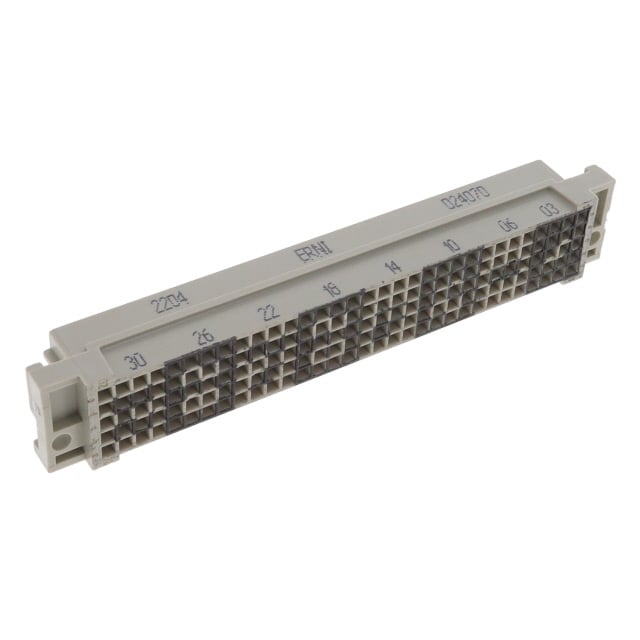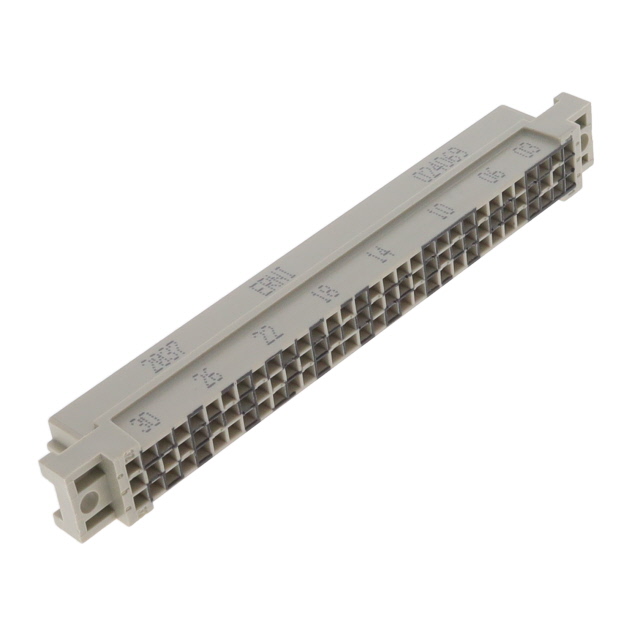DIN Series, Backplane Connector Housings
Results:
4
Manufacturer
Series
Number of Rows
Number of Positions
Connector Style
Connector Usage
Color
Connector Type
Pitch
Features
Mounting Type
Results remaining:4
Applied Filters:
DIN
About Backplane Connector Housings
Backplane connectors are commonly utilized in high-reliability applications such as computer buses, where they facilitate the interconnection of various electronic components. These connectors often incorporate robust fastening hardware to ensure secure attachment for board, free-hanging, through-hole, and panel mounting, depending on the specific contact configuration.
Connector housings play a critical role in backplane connectors, providing structural support and organization for the contacts. They do not contain the actual contacts themselves, but may include additional features such as shielding and backshells to enhance the connector's performance in demanding environments.
Backplane connectors are differentiated by several key characteristics, including contact pitch, the number of positions and rows, connector type, and style. These attributes determine the connector's compatibility with specific devices and systems, as well as its overall functionality within a given application.
In summary, backplane connectors serve as vital components in high-reliability applications, offering secure interconnection and structural support for electronic systems. Through their diverse configurations and additional features, they contribute to the reliable and efficient operation of interconnected electronic devices.




